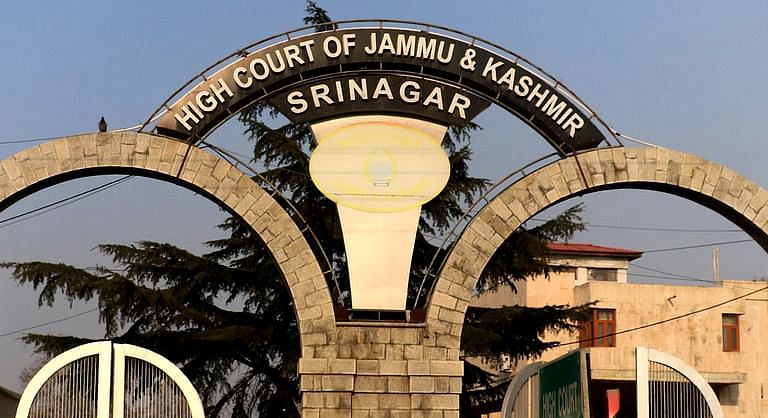Srinagar: In a landmark judgment, the High Court of J&K and Ladakh has directed the government to pay over Rs 24 lakh as compensation to the family of a person who died due to electrocution after an 11,000 KV line fell upon him in north Kashmir’s Uri area in 2013.
Directing payment of the compensation, a bench of Justice Moksha Khajuria Kazmi rejected the government’s counter that the victim died because of his own negligence as he fiddled with the transmission line.
“It cannot be said that the respondents (authorities concerned) were not liable to maintain the electric supply lines of the area and take good care of any unforeseen situation that may result in damage to human life and property,” the bench said.
According to the admitted position, the court said, the victim Nazir Ahmad Khan died on July 24, 2013, because of an electric shock received through an 11,000 KV line attached to the electric transformer installed at Dazan Lachpora, Uri.
“If the government can escape liability to pay compensation to the victim’s family by simply projecting that the matter involves ‘disputed questions of fact’, the court responds to it in negative,” the court said. “The respondents being the managers of the electric supply of the area were duty-bound in law to ensure that the requisite measures were in place to prevent the leakage, loss of such energy or to see that the wire snapped would not remain live on the road to endanger the lives of the people.”
The court said that it would not suffice for the government to say that an individual indulged in siphoning or fiddling or any other mischief which resulted in his death.
While the court pointed out that such mischief was to be prevented by the managers of the electric supply by installing the necessary devices at the spots where the electric transformers were placed, it reiterated that the government was duty bound to take extra care to prevent the mishaps.
The court said that a mechanism needs to be evolved that would not only detect but prevent any mischief that might be resorted to illegally by any individual.
“The authorities need to think out of the box to find solutions to unforeseen situations. They cannot afford to be mechanical in an era that is witnessing a tremendous industrial and technological advancement which increases the number of hazardous and inherently dangerous activities,” the court said. “More number of such activities demand equally more advanced measures in place to prevent mishaps as the hazardous activities should always be carried out by its managers at their own peril.”
The court said that even otherwise, the government being the supervisors and suppliers of the electricity because of which the family members had suffered, under the provisions of the law of torts, was liable to pay compensation to the victim who had suffered because of “their activities irrespective of any negligence or carelessness on the part of the managers of such undertakings”.
With the victim being a 40-year-old man and earning Rs 500 per day as a master carpenter, the court worked out the overall monthly income by addition of 30 percent as provided under the Supreme Court verdict.
“Thus, the monthly income of the deceased comes to Rs 19,500 of which one-third has to be deducted as personal and living expenses of the deceased,” the court said. “After deduction, the annual loss of dependency comes to Rs 156,000.”
Having regard to the age of the deceased, a multiplier of 15 has to be applied, the court said.
“Thus, the total loss of dependency of the petitioners (family) will be Rs 23,40,000. Besides the loss of dependency, the petitioners will be entitled to Rs 15000 for the loss of estate, Rs. 40,000 for the loss of consortium, Rs 20,000 as cost of litigation, and Rs 15000 on account of funeral expenses,” the court said and ordered compensation of Rs 24,30,000 along with an interest of 6 percent per annum from the date of filing of this petition till its realisation.
The petition was filed in 2014.






